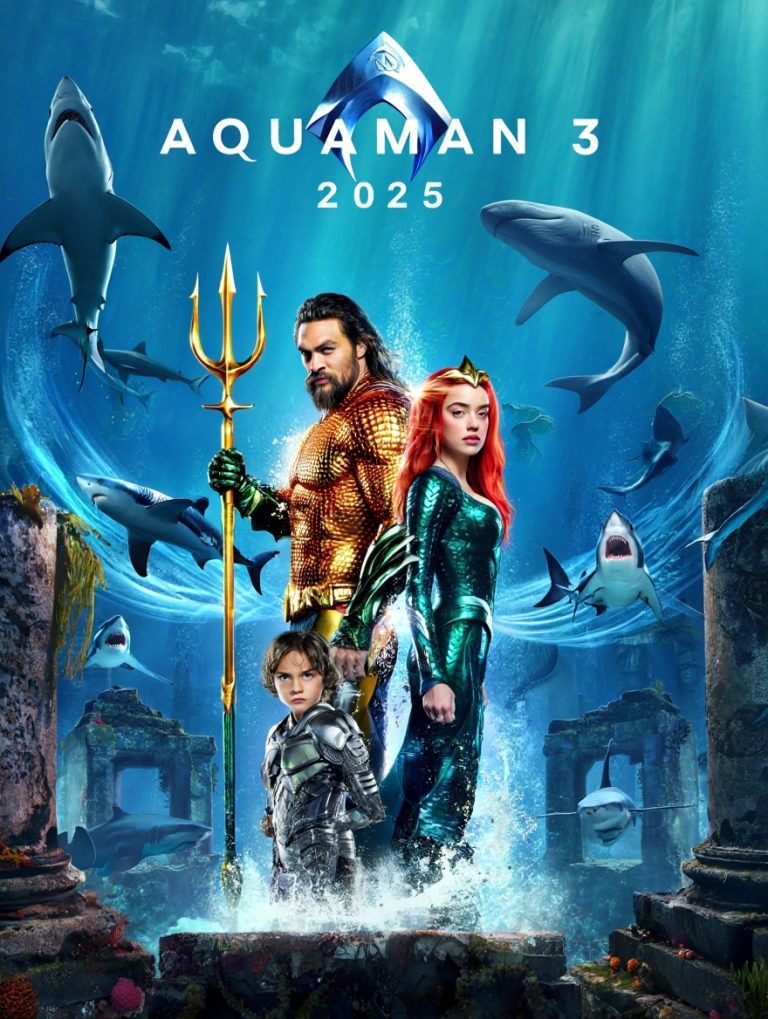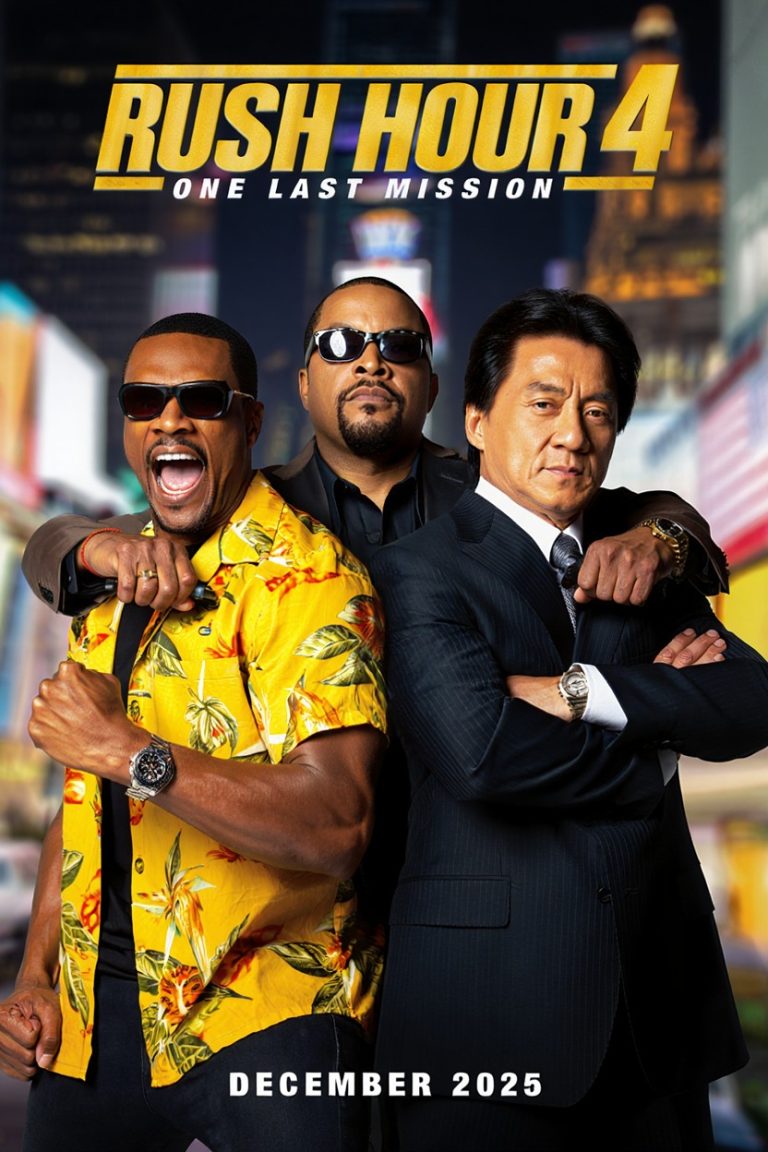
In a dramatic shift in military capabilities, nations around the globe are racing to unveil their next-generation main battle tanks (MBTs), each promising cutting-edge technology and enhanced combat readiness. As geopolitical tensions rise, these armored giants represent not just national pride but also critical strategic assets in an increasingly volatile world.
Leading the charge is India’s Arjun Mark II, boasting a powerful engine and advanced fire control systems, though its high production costs have sparked controversy. Meanwhile, Japan’s Type 10, introduced in 2012, is celebrated for its modern design tailored to the country’s rugged terrain, showcasing Japan’s commitment to defense modernization.
South Korea’s K2 Black Panther, the most advanced in its inventory since 2014, features state-of-the-art composite armor and command systems. France’s Leclerc XLR and Russia’s Armata T-14 are also noteworthy, with the former enhancing its legacy and the latter poised to redefine Russian armored warfare.
Germany’s Panther KF-51 is under development to replace the aging Leopard 2, while the Abrams X from the U.S. introduces unmanned turrets and hybrid engines, marking a significant leap in military technology since the Cold War. The UK’s Challenger 3 aims to lead NATO forces with unparalleled lethality and survivability, while Turkey’s Altai seeks to modernize its aging fleet.
As the Main Ground Combat System project unites France and Germany, set for deployment by 2035, and Israel’s Merkava Mark IV advances with AI capabilities, the landscape of modern warfare is rapidly evolving. These tanks are not merely machines; they symbolize the future of combat, where technology and strategy converge in a race against time.
Stay tuned as nations prepare for a new era of armored warfare, where these next-generation tanks could redefine the battlefield dynamics of tomorrow.

